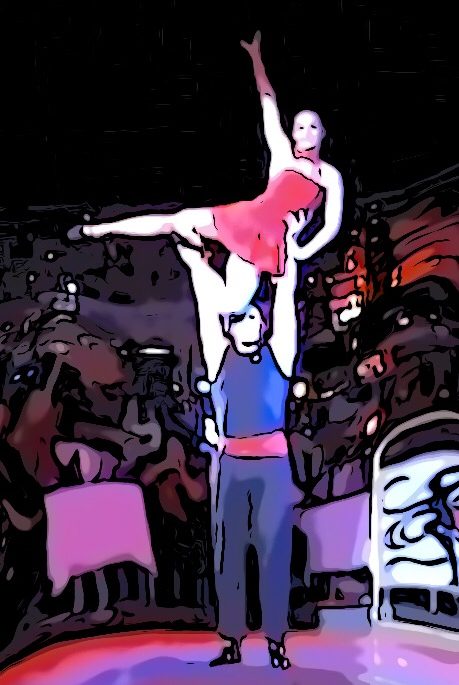Getting to stand on forearms on the ground the flyer has to push himself out of the headstand. To do this, the flyer must actively open the shoulder and tilt the body backwards at the same time. Possible shapes: 7 or Mexican.
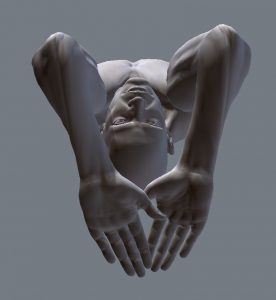


There is a risk of tilting in the back, without being able to twist off. A base does not have many possibilities to bring the flyer safely to the ground again. This position on a base is really heavy, looks modest and is very dangerous at the same time. That may be the reason why I’ve never seen them before.
Standing on the upper arm (Bolk) usually starts from the triangle. This means that the flyer holds elbows and knees close together at the beginning. When the arms and legs are stretched, they form the shape of a triangle together with the upper body.
While opening the shoulder the legs should now be stretched at the same time, until the whole body is straight from head to toe. This requires the flyer to have a good understanding of the force line, because on the way up he must always keep his center of gravity in the line. Similar to the headstand, the end position will be slanted within the room.
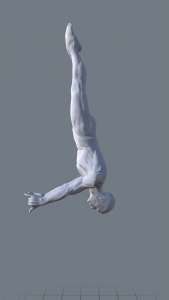
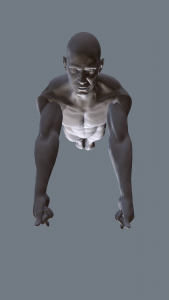
Mostly, however, the upper arm is supported by the hands and used as an entrance for the supported standing on the shoulder…
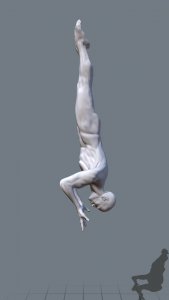
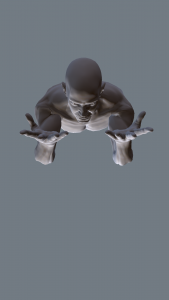
This position is an important milestone on the way to the handstand! In doing so, the base will choose the contact point very close to the shoulder and support the flyer in its flowing motion into the straight position.
Deutsch
